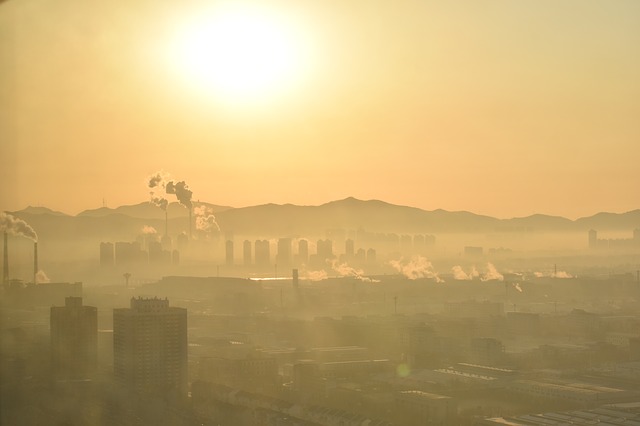Almost two-thirds of cities exceed annual pollution exposure guidelines

Analysis of air pollution readings conducted by Greenpeace and AirVisual, a real-time 3D pollution mapping software, finds that 64% of cities exceed the World Health Organization’s (WHO) annual exposure guidelines.
Of the 30 most polluted cities in the world, 22 are in India, reports Greenpeace. The country’s capital Dehli ranks as the most polluted capital city in the world. The remaining eight cities in the top 30 are in China, Pakistan and Bangladesh and when each country Is weighted by population, Bangladesh emerges as the most polluted country on average.
Matthew Neidell writes: “Environmental regulations are typically considered to be a drag on the economy. However…evidence suggests that improvements in air quality lead to improvements in worker productivity across a range of sectors,” in his IZA World of Labor article, Air pollution and worker productivity.
The exposure guideline set by the WHO of PM2.5 (particulate matter) is roughly a 40th of the width of a human hair but is frequently linked to a wide range of health problems. The WHO estimates that every year seven million people die prematurely from high exposure to air pollution, costing the world economy $225 billion according to the World Bank.
Neidell argues that: “The extent to which…gains in worker productivity offset or even overcome the perceived negative effects of [environmental] regulation is...an essential consideration for designing optimal environmental policy.”
Additionally, Oliver Deschenes recommends that: “New or stricter environmental regulations that affect labor markets should include job training, income support, and labor market reintegration programs for workers displaced by [environmental] regulations.”
Yeb Saño, executive director of Greenpeace Southeast Asia said: “Air pollution steals our livelihoods and our futures, but we can change that.” Using technology such as AirVisual is an important step in the fight against rising pollution levels. As the report states: “Real-time, public air quality information is essential not only to empower populations to respond to current conditions and protect human health, but also is a cornerstone in generating public awareness and driving action to combat air pollution in the long-term.”
Read more articles about environmental regulation and the labor market.